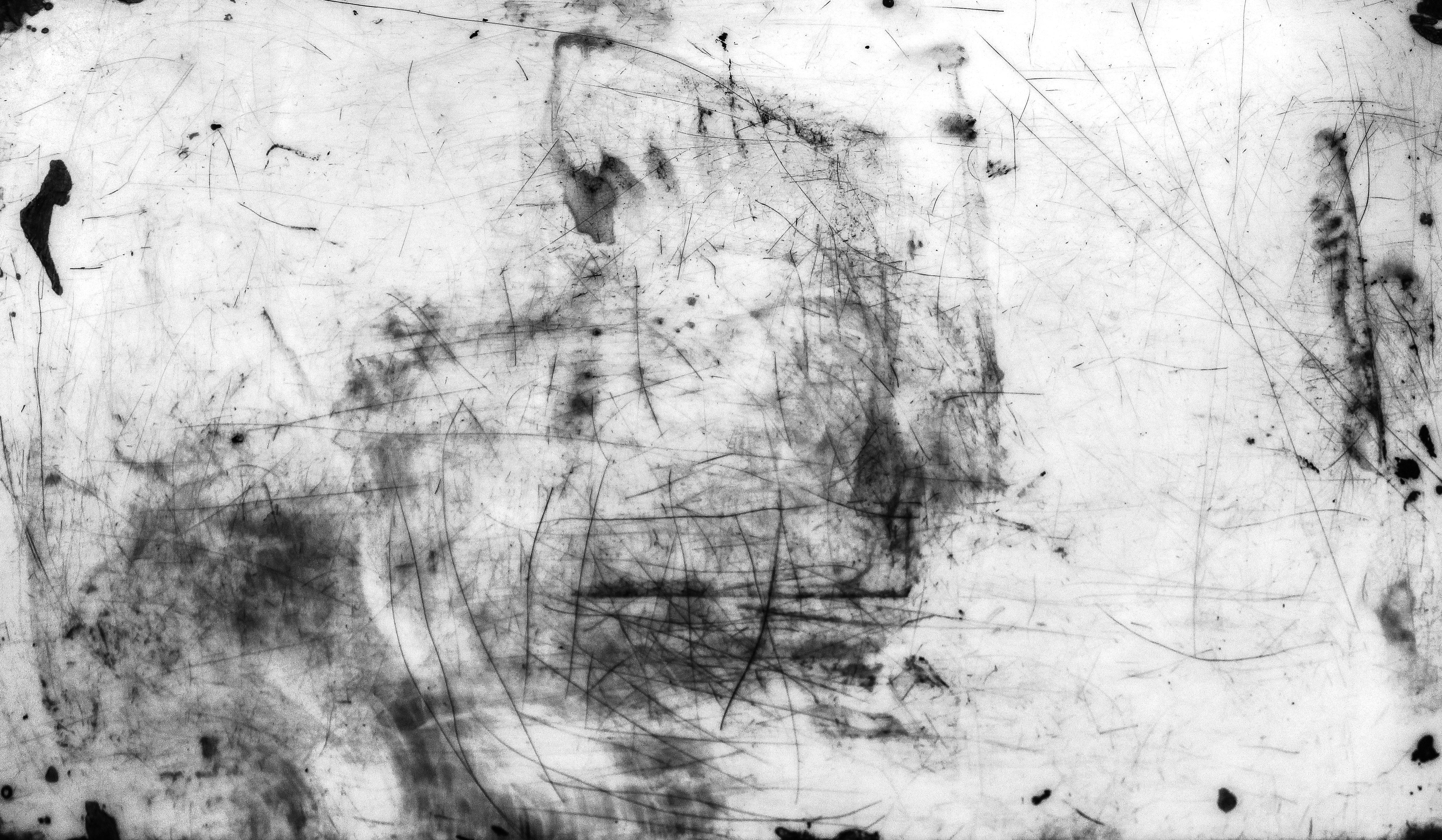Most doll collectors may be looking for bisque and porcelain for their antique collection. The common materials used even in ancient dolls, in addition to the two, were composition, fabric, ceramic, plastic, and vinyl. However, German manufacturers had been producing metal-headed dolls in the early 1900s and these were mainly made in Nossen, Saxony. The doll heads were made through a sheet of metal that had been stamped and then molded. The sections are welded together and then the final figure is painted.
Doll makers may have started using metal for doll heads due to the brittle nature of bisque and porcelain. The dolls may still have a different body material, but the replacement metal doll heads were not easily broken at all. Some may have metal heads but with articulated composition bodies and legs. Other manufacturers of metal-headed dolls were Buschow & Beck (1890 to 1930), A. Viscer & Co., Karl Standfuss’s Juno (1898 to 1930), and Alfred Heller. However, the metal-headed dummy manufactured by Giebeler-Falk was a phonograph dummy with an aluminum metal head. The company manufactured dolls in the United States from 1918 to 1921 under the Gie-fa trademark.
German doll makers generally used the trademark Minerva, which can be distinguished by a helmet symbol above its name. In the United States, George Borgfeldt & Louis Wolf distributed these metal-headed dolls marked Minerva that were also found in Sears catalogs. There were also other doll makers who used these German metal doll heads like Horsman. However, the only thing that separates the Giebeler-Falk doll company is that their doll heads were made in the United States rather than elsewhere. Their dolls may have aluminum heads, but they were in wooden or composition bodies. However, his dolls were of good quality and did not break easily.
A famous aluminum Giebeler-Falk doll was called the “Primadonna” and it had a turntable on its head that could play 3.5-inch records. Their body mechanism can be rolled up at the back and these dolls are typically 25 to 30 inches tall. Today, these antiques can be collected by fans and enthusiasts of mechanical or automated toys. These vintage antiques with phonographs and metal heads are fashionable items for antique collectors due to their technology and material. Of course, these dolls are hard to find in good condition, but anyone who might own one will have a wonderful piece of technology and history in their collection.



